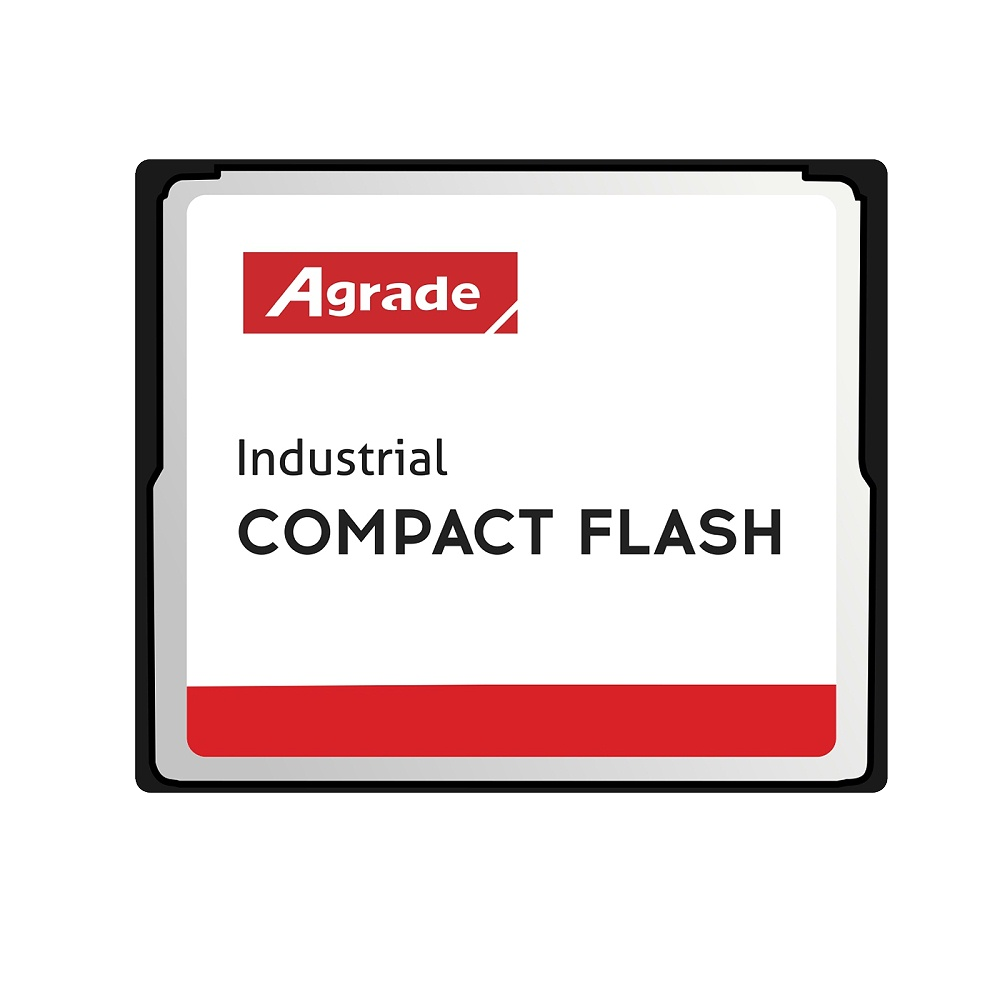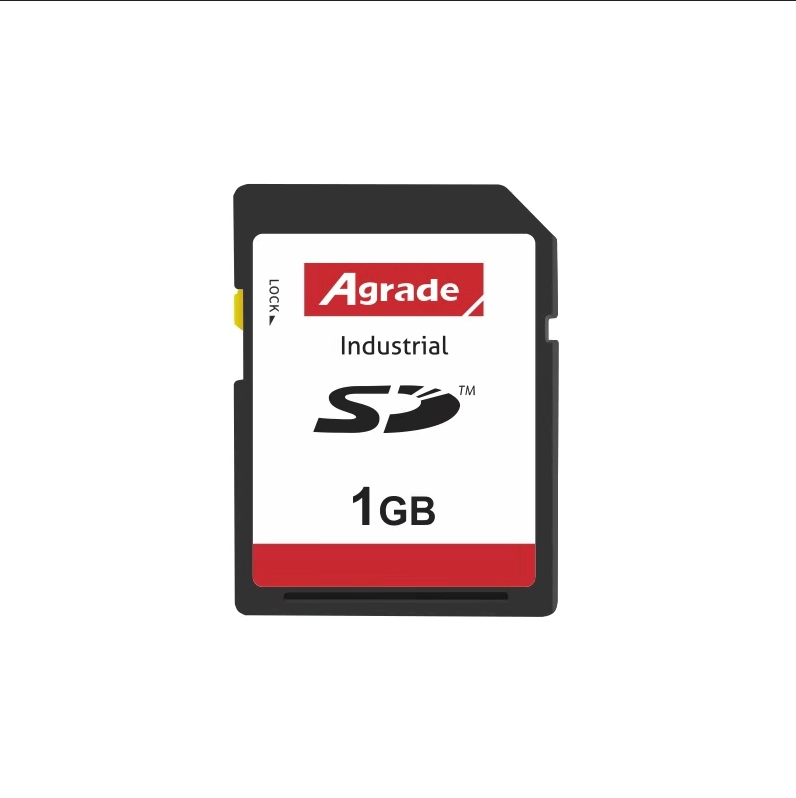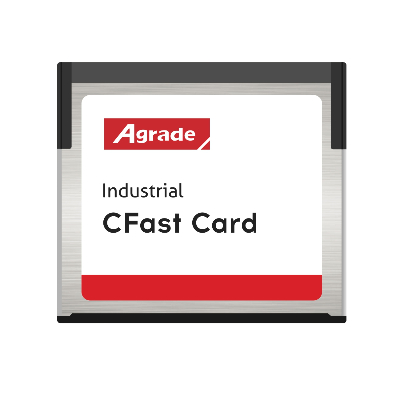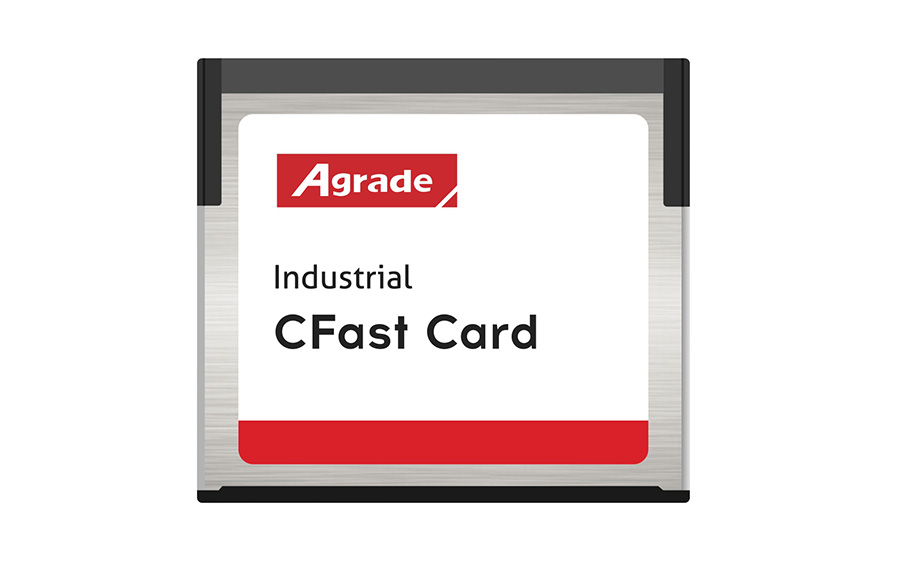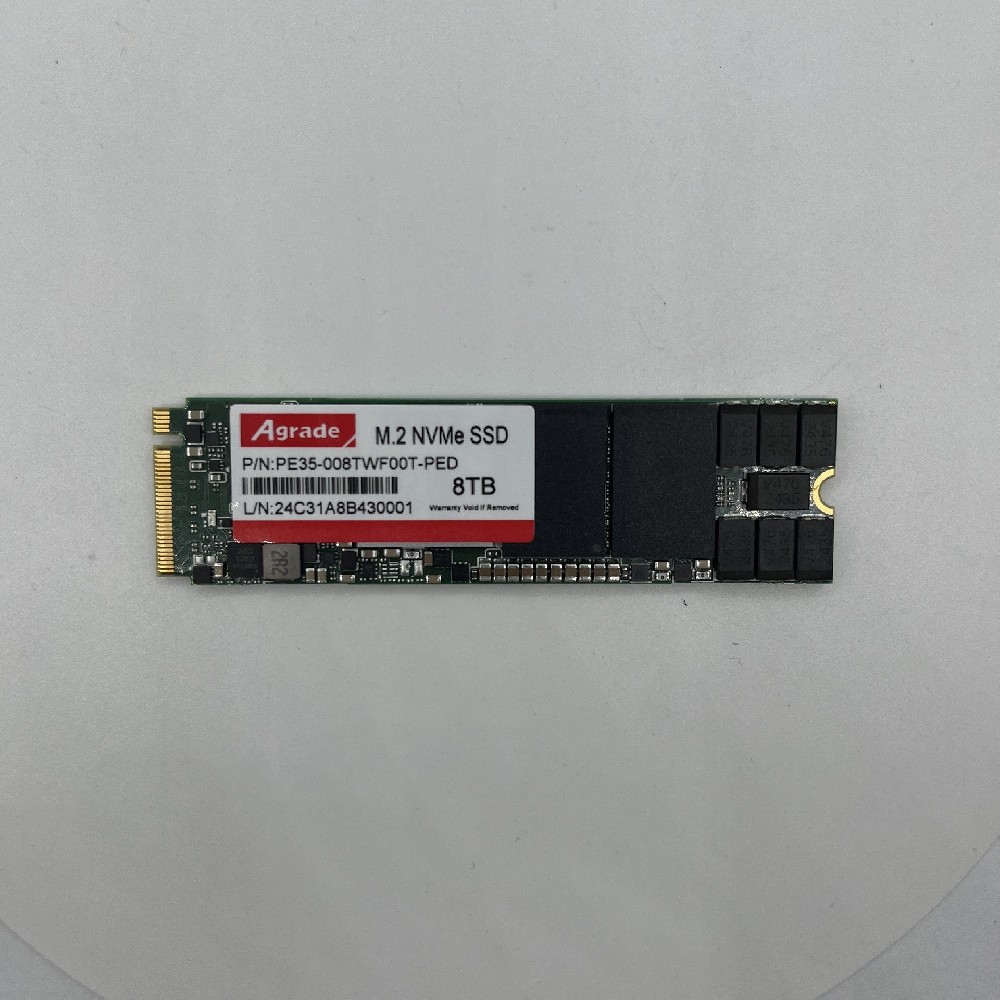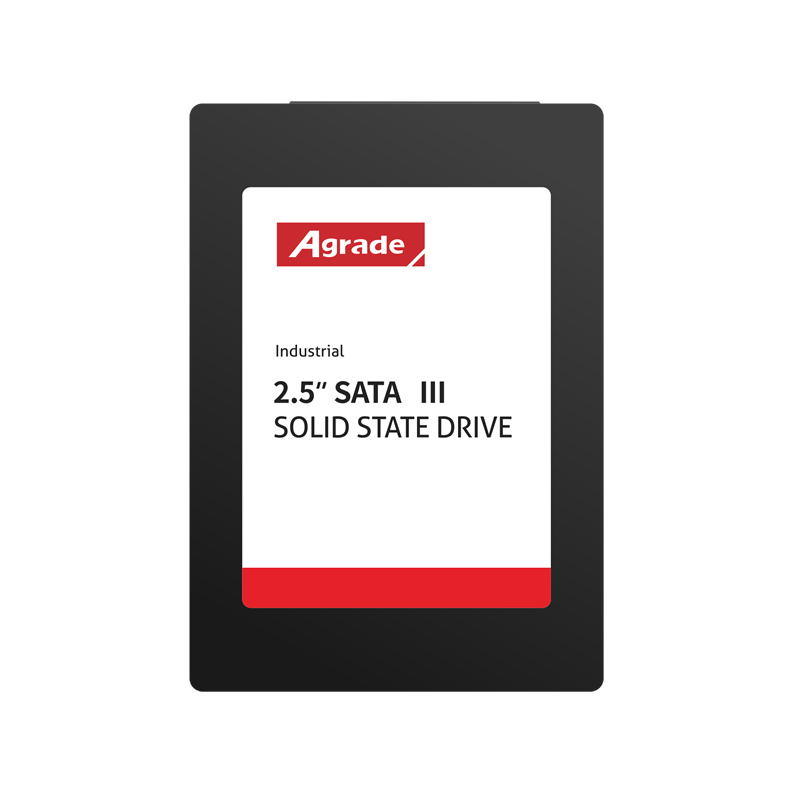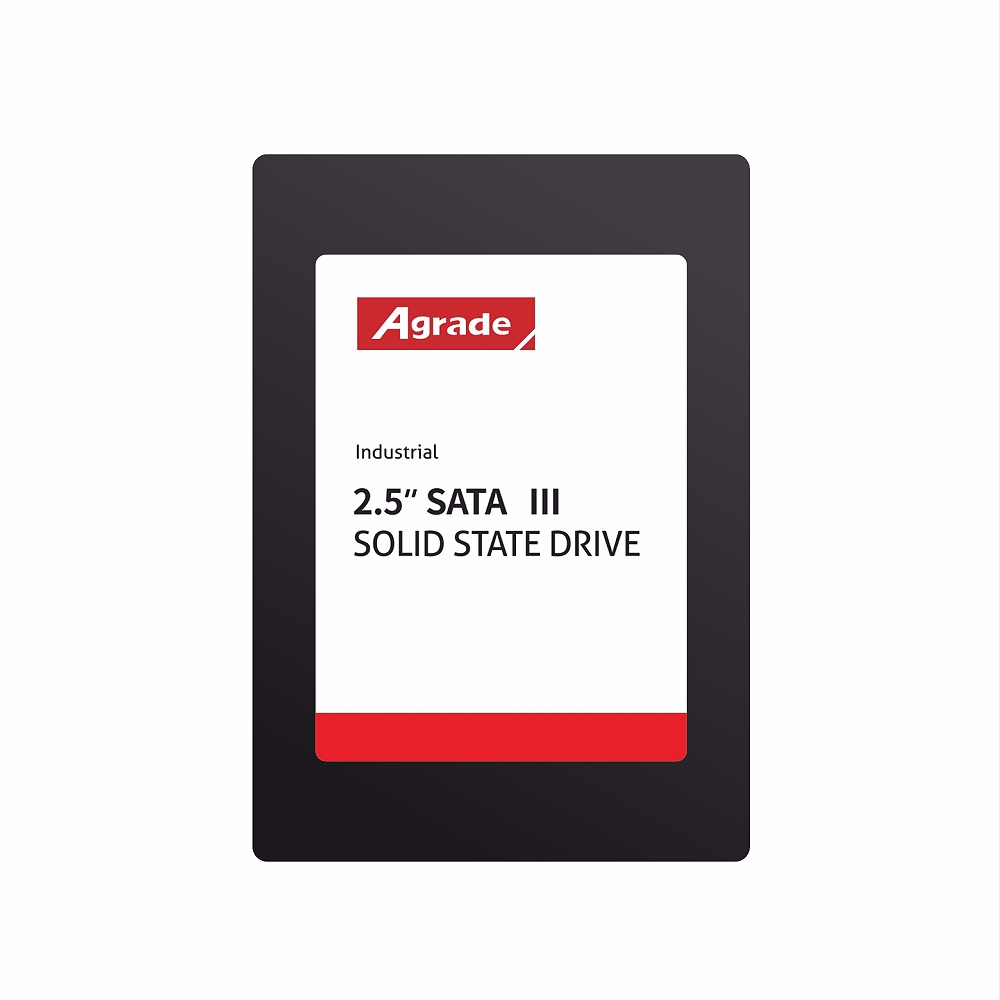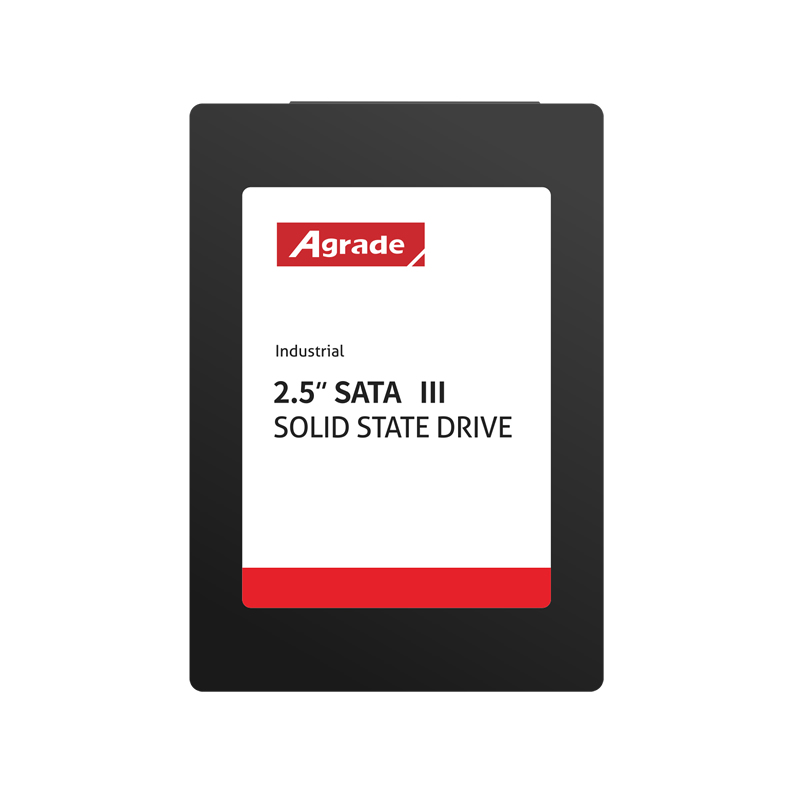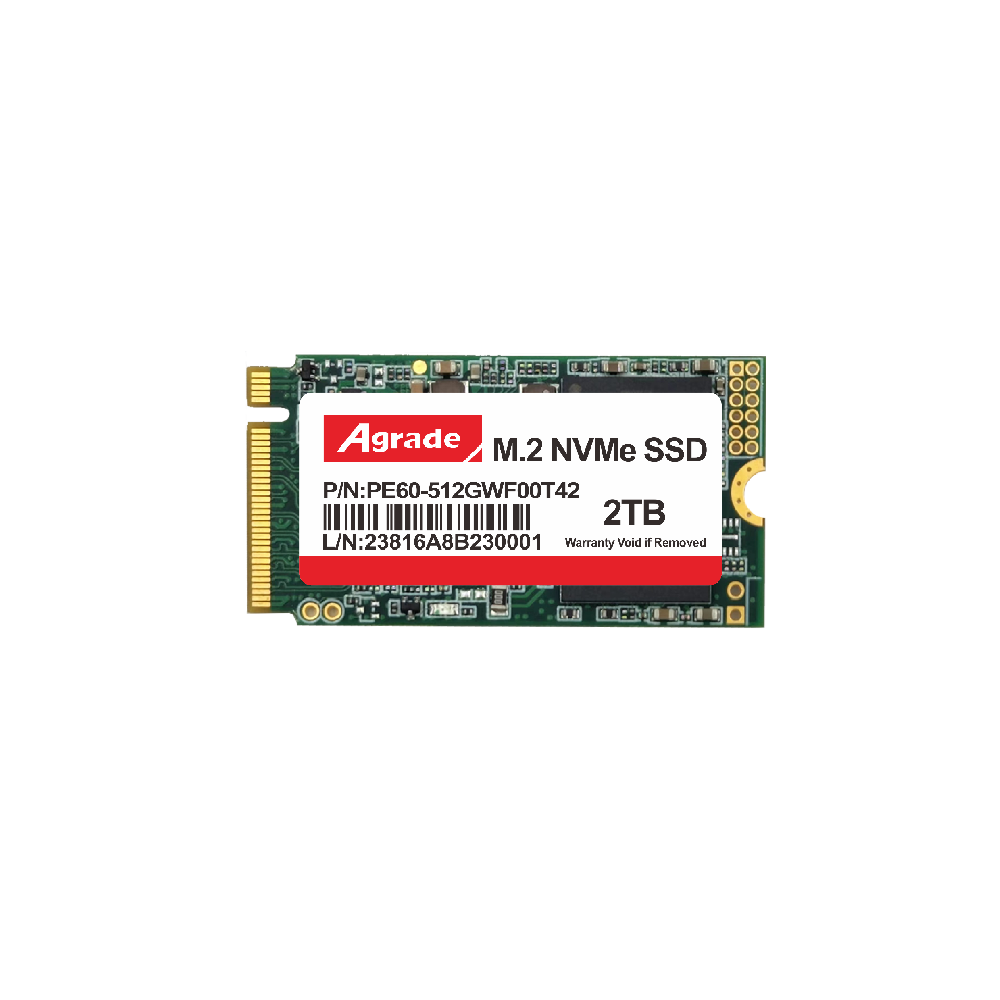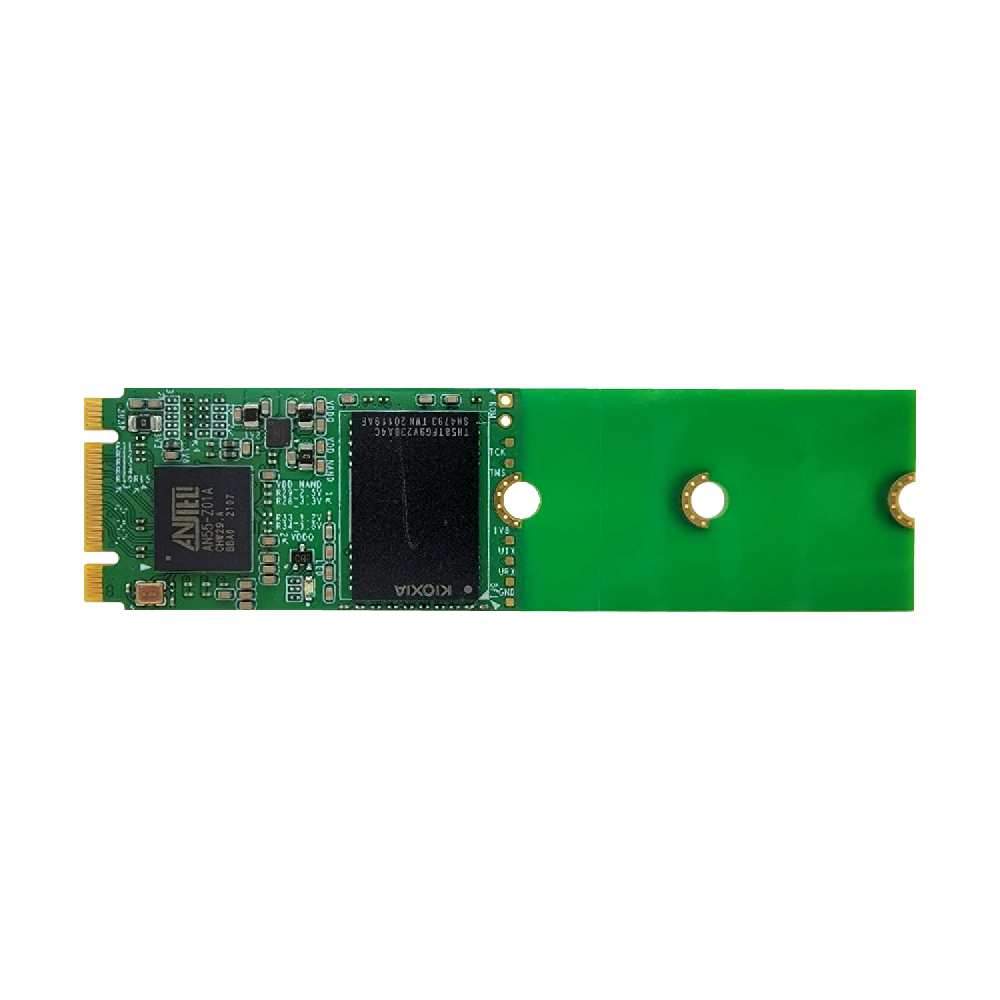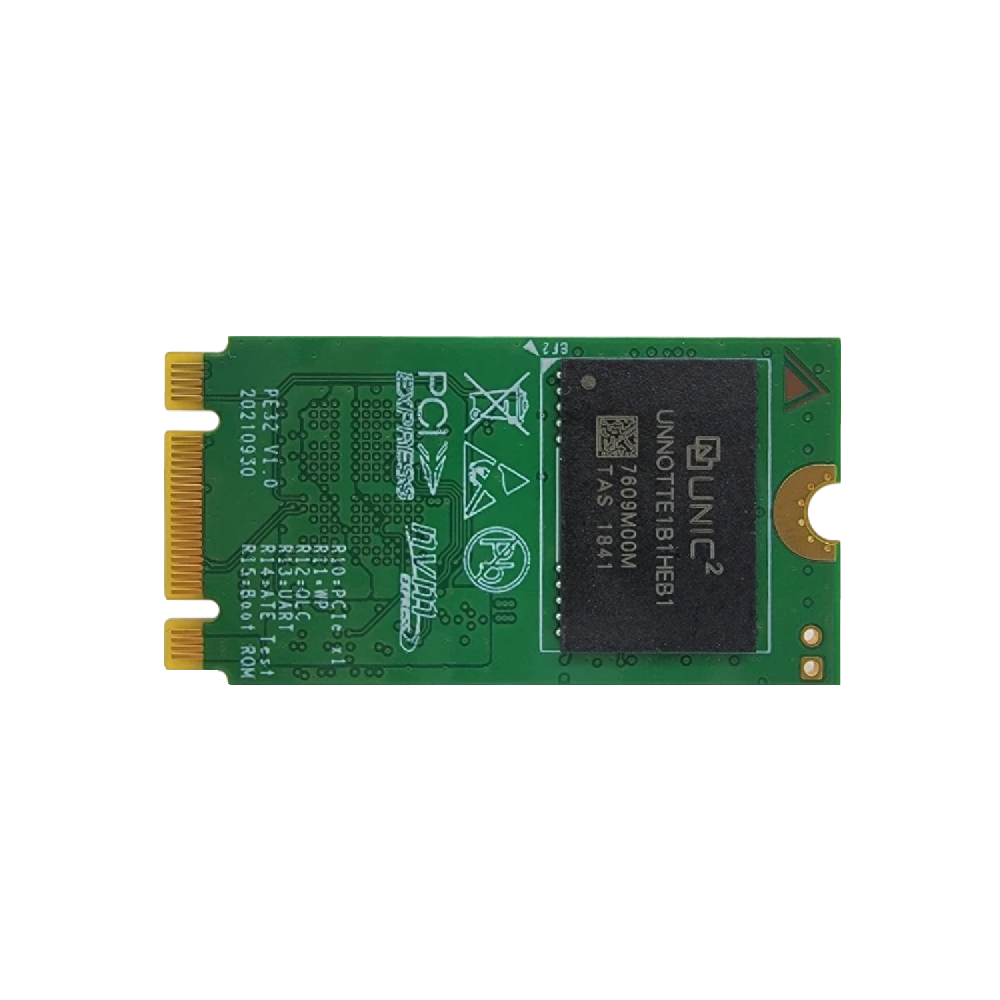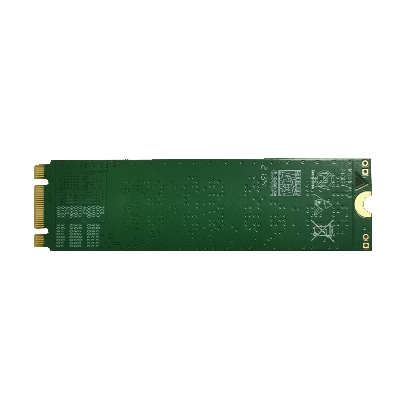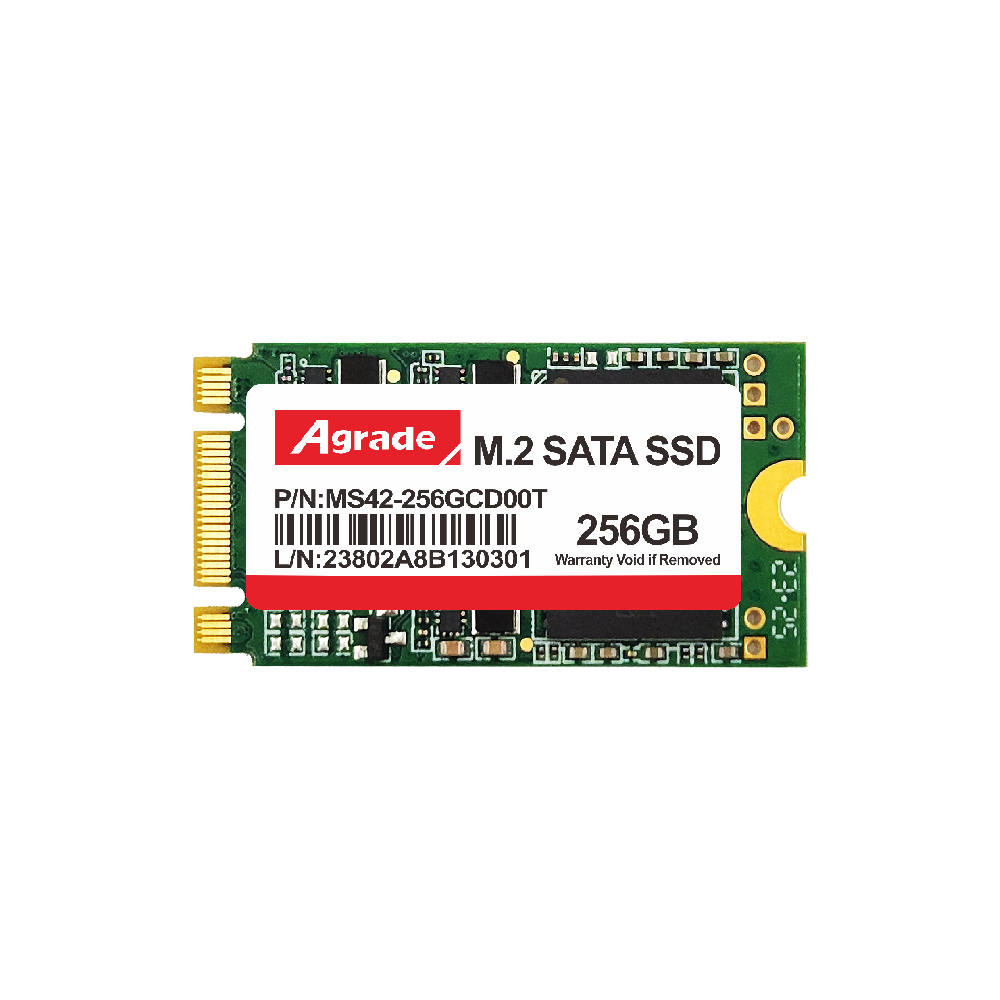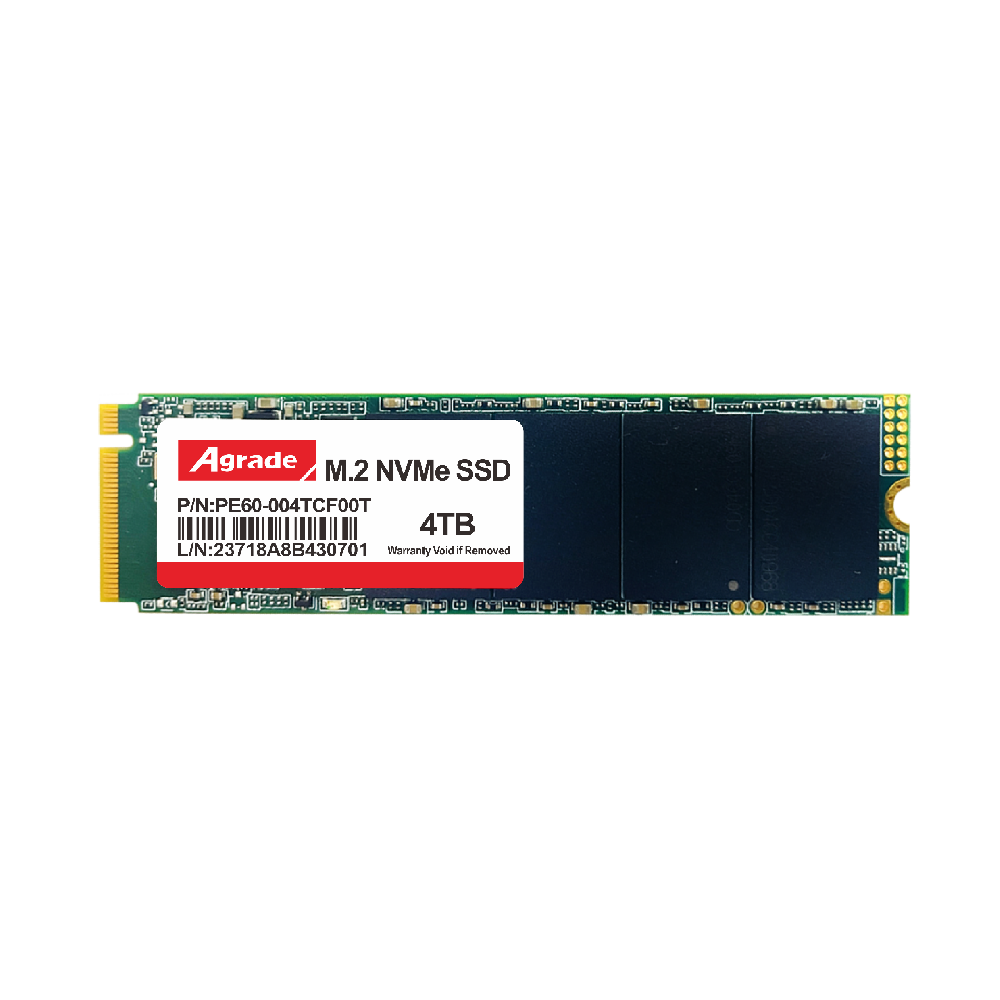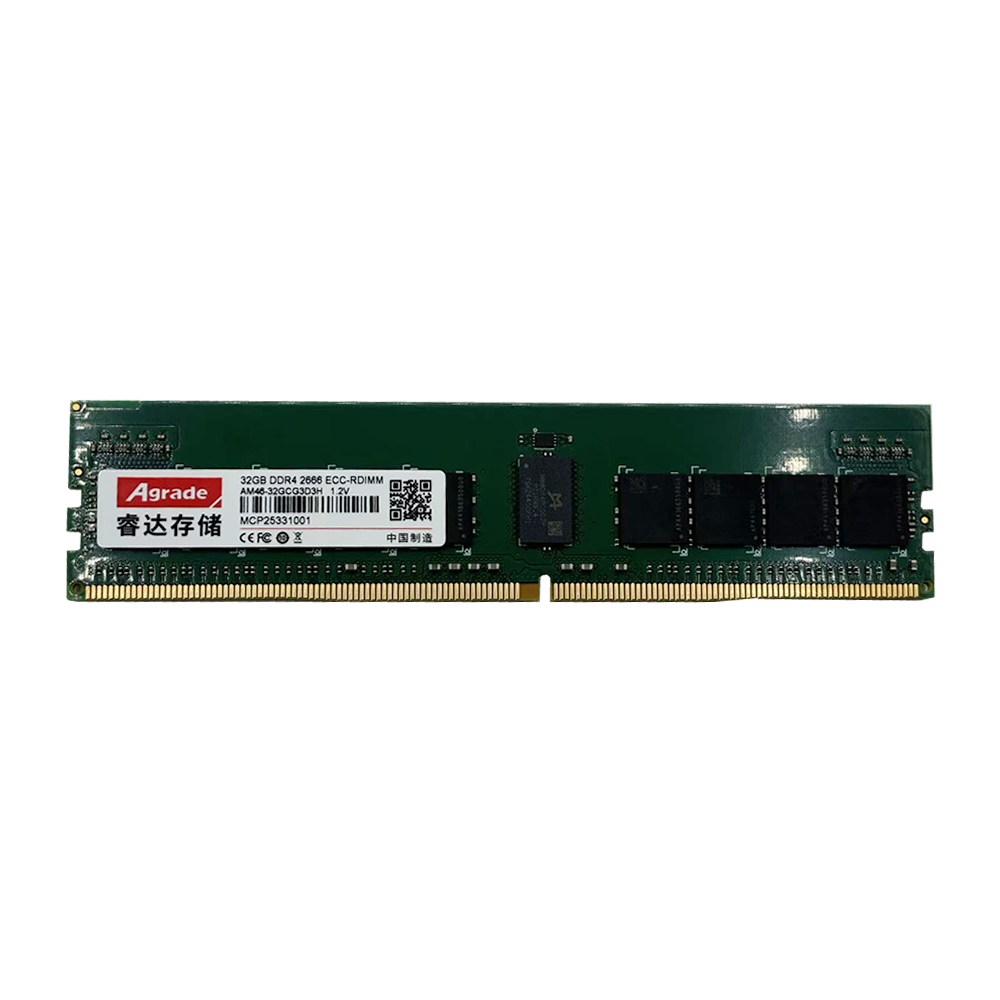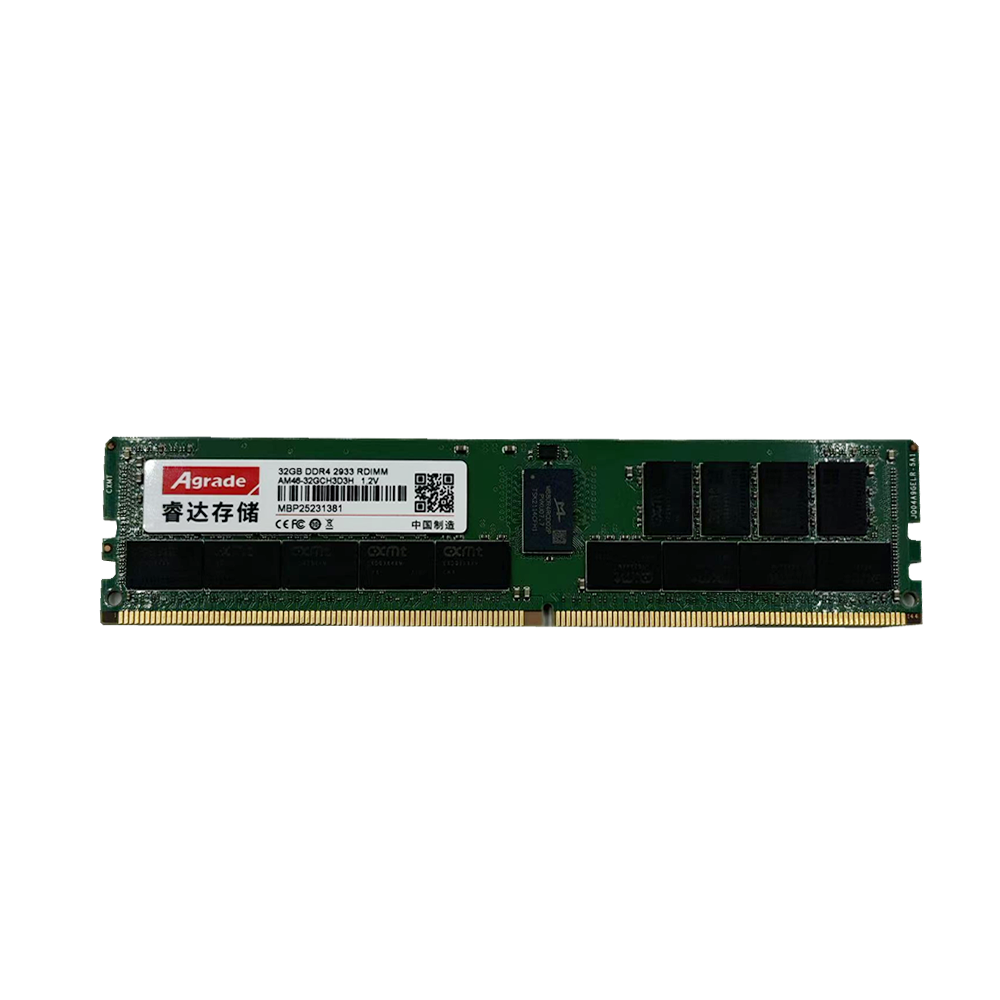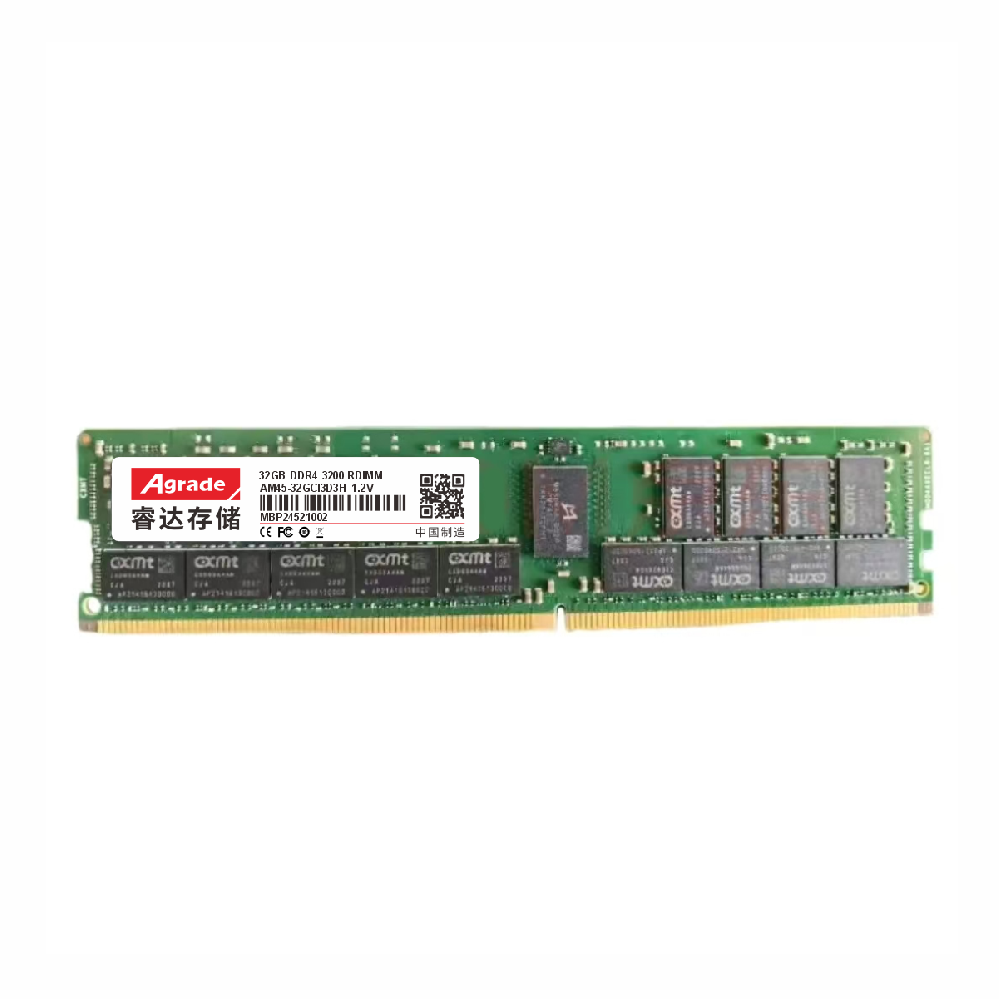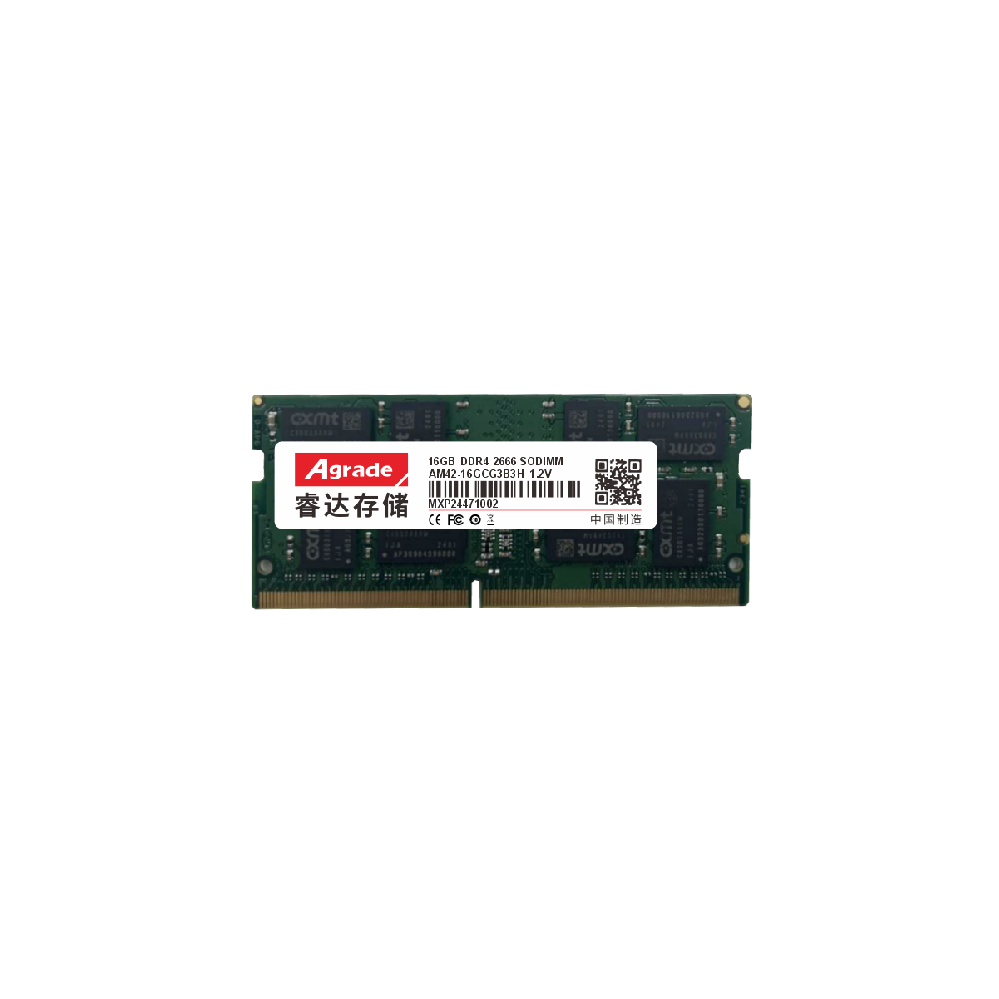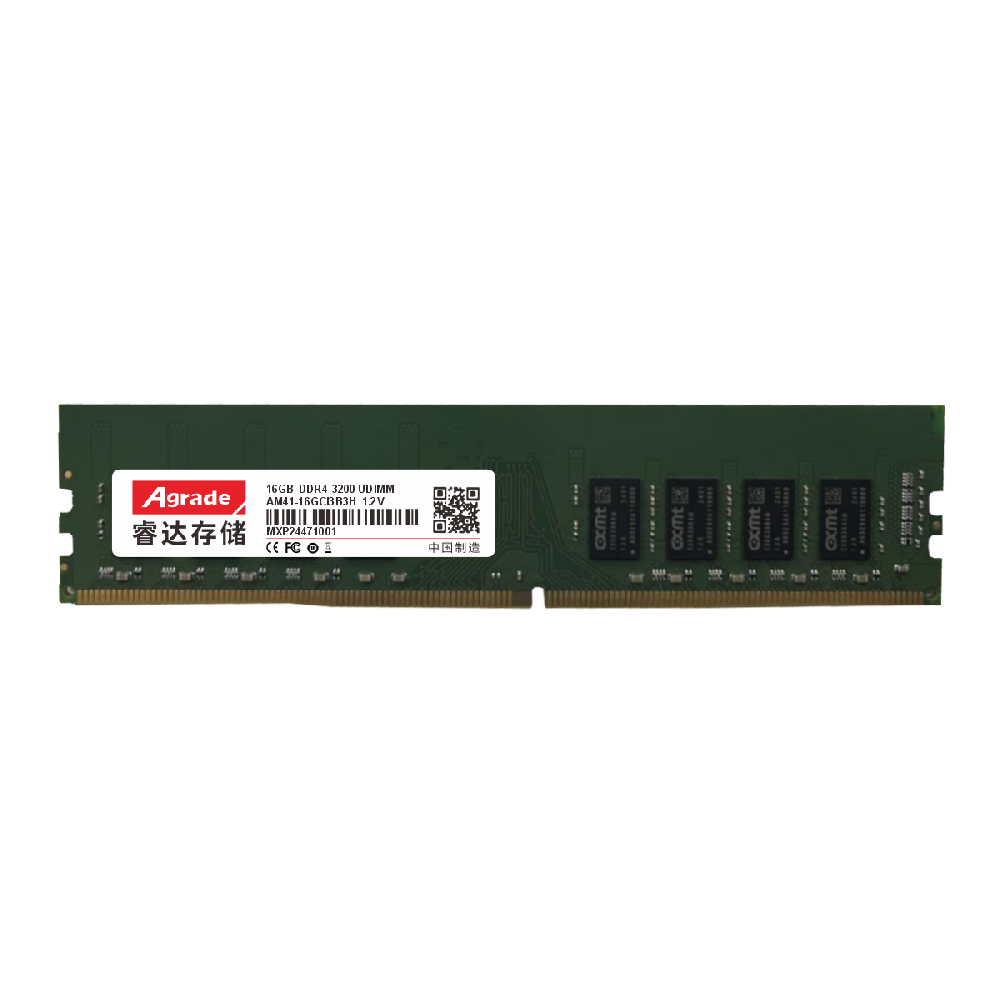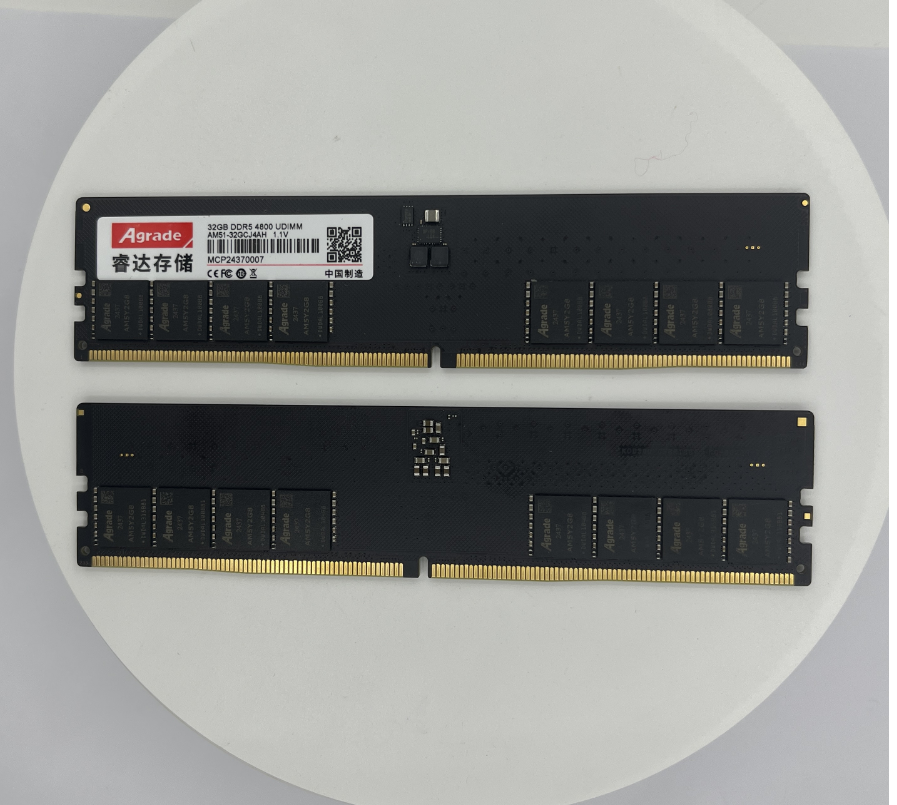

News
 电商部
电商部  2025-10-30 16:22:05
2025-10-30 16:22:05 Classification Standards for Solid State Drives: Multidimensional Definition of Performance Differen
In the current era of increasing demand for digital storage, solid state drives (SSDs) have become the preferred storage devices for many users due to their fast read and write speeds, strong shock resistance, and other advantages. However, the quality of SSD products on the market varies greatly, and a series of scientific grading standards can help users better understand and choose products that are suitable for themselves. The classification of solid-state drives is mainly based on dimensions such as performance, flash memory type, durability, and application scenarios.
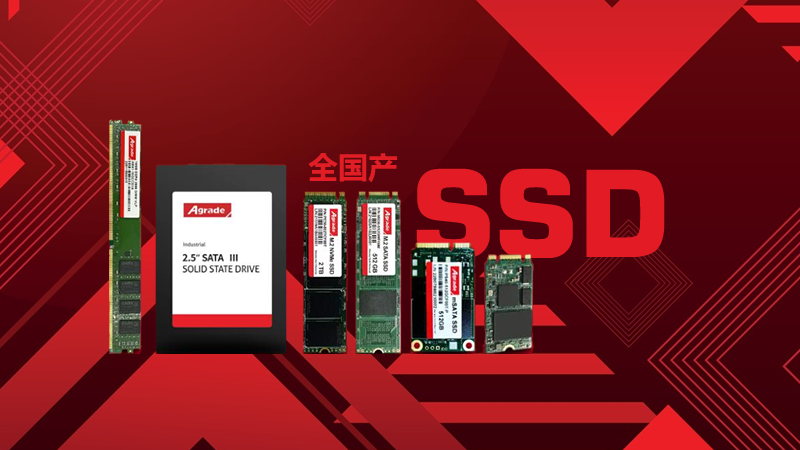
Performance based partitioning
Performance is a key indicator for measuring the level of solid-state drives, mainly covering sequential read and write speed, random read and write IOPS (number of input/output operations per second).
High end performance level: These solid-state drives typically use advanced control chips and high-quality flash memory chips, supporting high-speed interface protocols such as PCIe 4.0 or even PCIe 5.0. The sequential read speed easily exceeds 7000MB/s, the sequential write speed can reach over 6000MB/s, and the 4K random read IOPS can reach over 1 million. They are mainly aimed at professional users who require extremely high data processing speed, such as those engaged in large-scale 3D modeling, 4K/8K video editing, data center servers, and other scenarios. For example, the Samsung 980 PRO is highly favored in the professional creative field due to its powerful performance.
Mainstream consumer grade: SSDs of this level can meet the daily office and entertainment needs of ordinary users. The sequential read speed is generally between 3000-5000MB/s, the sequential write speed is around 2000-4000MB/s, and the 4K random read IOPS is between 300000 and 800000. The interfaces are mostly PCIe 3.0 or SATA, which are relatively affordable and commonly used in home computers and lightweight laptops, such as the Western Digital Blue Disk SN570.
Entry level: This type of product has relatively weak performance, with sequential read speeds ranging from 500-2000MB/s, sequential write speeds ranging from 300-1500MB/s, and low random read/write IOPS. It mostly uses SATA interface, suitable for users who do not require high read and write speed and are only used for daily simple office, web browsing and other scenarios, such as some low-priced OEM customized solid state drives.
Classification based on flash memory types
The type of flash memory directly affects the performance, lifespan, and cost of SSDs, and is also an important basis for grading.
SLC (Single Layer Cell): SLC flash memory stores 1 bit of data per cell, with the advantages of extremely fast read and write speeds and long erase and write lifetimes (up to 100000 times or more), but at a high cost. Due to its excellent performance and reliability, it is widely used in high-end fields such as enterprise level data centers and military industries that require extremely high storage requirements, and belongs to the top-level flash memory type.
MLC (Multi Layer Cell): Each cell stores 2 bits of data, and its performance and lifespan are second only to SLC, with a typical erase lifespan of 3000-10000 times. It once held an important position in the consumer high-end SSD market, but with the maturity of TLC technology, it has gradually been replaced. However, it is still used in some commercial applications that have certain requirements for stability and lifespan.
TLC (three-layer unit): Each unit stores 3 bits of data, reducing costs by increasing storage density, and is currently the mainstream flash memory type in the consumer market. Although the erase life is relatively short (around 1000-3000 times), with technological optimizations such as SLC cache and wear leveling, it can meet the daily needs of ordinary users and achieve a good balance between performance and price.
QLC (four layer unit): Each unit stores 4 bits of data, further reducing costs and allowing for larger capacity, but with slower read and write speeds and the shortest erase and write lifespan (300-1000 times). Suitable for scenarios with high capacity requirements and low read/write speed requirements, such as monitoring storage, data warehouses, etc.
Classification based on durability
Durability is measured by the Total bytes Written (TBW) metric, which represents the maximum amount of written data that a hard drive can withstand during its lifespan.
Enterprise grade durability: The TBW value of enterprise grade SSDs is usually very high. Taking 1TB capacity as an example, the TBW value may reach 2000 or even higher, which can operate stably for several years in high-intensity environments that work continuously for 7x24 hours, ensuring secure data storage.
Consumer grade durability: The TBW value of mainstream consumer grade SSDs varies depending on capacity and flash type. Generally, a 1TB capacity TLC flash SSD has a TBW value between 600-1500, which can meet the normal use of ordinary users for 5-10 years.
Classification based on application scenarios
Enterprise level: In addition to high durability, it also features data protection technology (such as end-to-end data protection, power down protection), multi-channel technology, hot swappable support, and is suitable for scenarios such as data centers and servers that require extremely high data security, reliability, and performance stability.
Consumer level: Emphasize cost-effectiveness and daily user experience, meeting the diverse needs of ordinary users for office, entertainment, and other purposes.
Industrial grade: It has a wide temperature working range (such as -40 ℃ -85 ℃), anti vibration, anti impact and other characteristics, and is suitable for harsh environments such as industrial control and vehicle mounted equipment.
Through these comprehensive grading standards, users can have a clearer understanding of the quality and applicability of solid-state drives, thus making more appropriate purchasing decisions.

